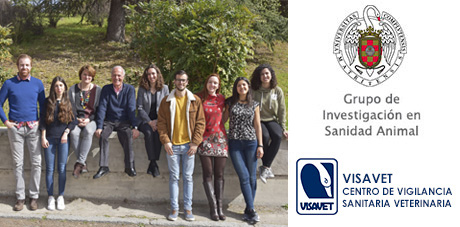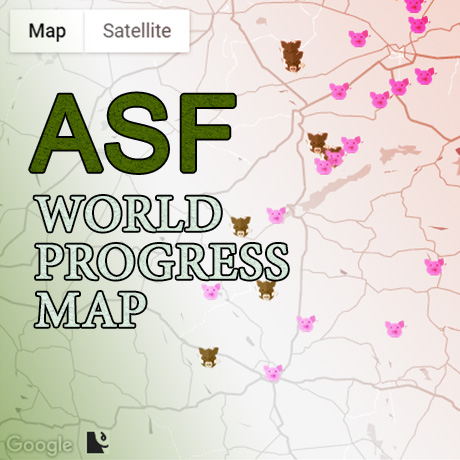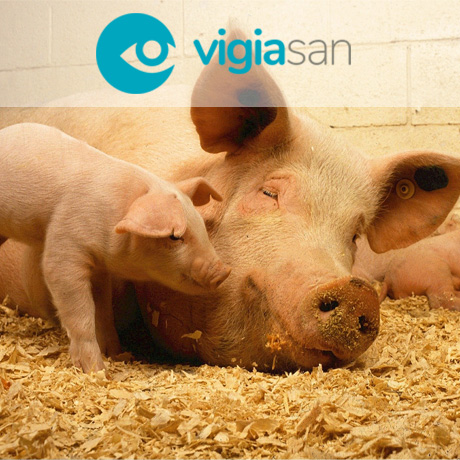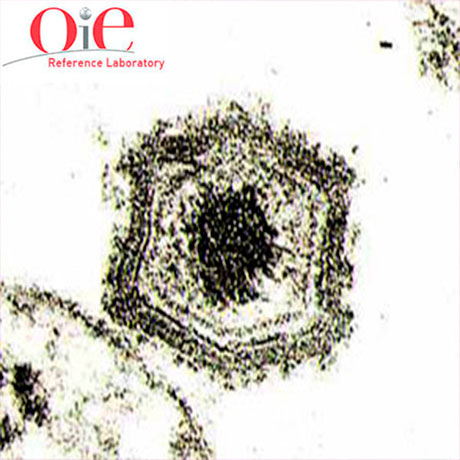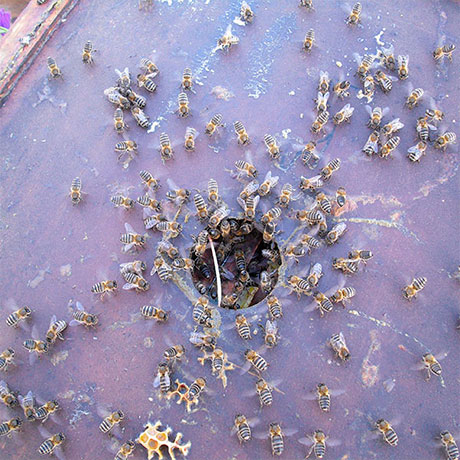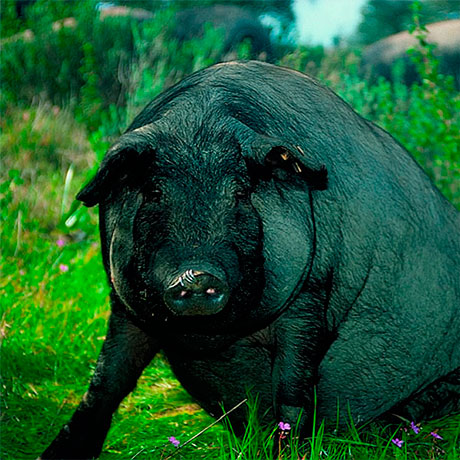Aplicación de machine learning con datos a gran escala para una vacunación efectiva contra la peste porcina clásica en jabalíes en Japón
Publicamos un nuevo artículo de investigación en la revista Scientific Reports.
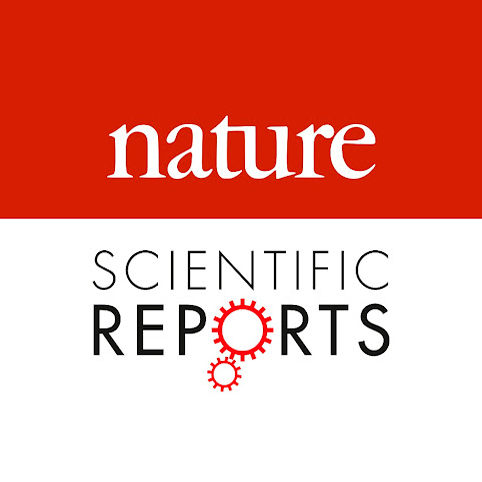 Resumen:
Resumen:
La peste porcina clásica ha estado propagándose por todo el país desde su reaparición en Japón en 2018. La Prefectura de Gifu ha estado trabajando diligentemente para controlar la enfermedad mediante la difusión de vacunas orales dirigidas a los jabalíes. Aunque se rociaron vacunas en 14,000 ubicaciones entre 2019 y 2020, solo se confirmó la ingesta de vacunas por parte de los jabalíes en el 30% de las ubicaciones. En este estudio, pronosticamos la tasa de ingestión de la vacuna en cada punto mediante un modelo de Bosque Aleatorio basado en datos de difusión de vacunas y creamos superficies de predicción para la probabilidad de ingestión de la vacuna por los jabalíes utilizando técnicas de interpolación espacial. Como resultado, la distancia desde el punto de vacunación hasta la fuente de agua fue la variable más importante, seguida por la elevación, la temporada, la densidad de carreteras y la pendiente. El área bajo la curva, la precisión del modelo, la sensibilidad y la especificidad para la evaluación del modelo fueron 0.760, 0.678, 0.661 y 0.685, respectivamente. Se predijo que las áreas con una alta probabilidad de vacunación de jabalíes se encontraban en la parte norte, este y oeste de Gifu. Los resultados de la Validación Cruzada de Exclusión de Uno mostraron que el enfoque de Kriging fue más preciso que el método de Ponderación de Distancia Inversa. Destacamos que estrategias efectivas de vacunación basadas en datos epidemiológicos son esenciales para el control de enfermedades y que nuestra herramienta propuesta también es aplicable a otras enfermedades en la vida silvestre.
Ito S, Aguilar-Vega C, Bosch J, Isoda N y Sanchez-Vizcaino JM.
Nuevo artículo publicado en la revista Microbiology spectrum
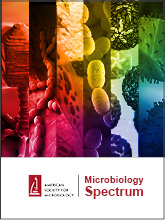 Resumen: Brucella spp. are zoonotic pathogens that can affect both terrestrial and marine mammals. Brucella ceti has been identified in various cetacean species, but only one sequence type (ST27) has been reported in humans. However, it is important to conduct surveillance studies to better understand the impact of marine Brucella species on marine mammals, a typically understudied host group. Here, we describe a systemic infection by two related strains of Brucella pinnipedialis (ST25) in a couple of live-stranded bottlenose dolphins, with more severe lesions in the younger animal. Furthermore, B. pinnipedialis was first detected in milk from a female cetacean that stranded with its offspring. Our study reveals novel insights into the epidemiology and pathological consequences of B. pinnipedialis infections in cetaceans, emphasizing the crucial importance of ongoing surveillance and accurate diagnosis to understand the impact of this pathogen on marine mammal populations.
Resumen: Brucella spp. are zoonotic pathogens that can affect both terrestrial and marine mammals. Brucella ceti has been identified in various cetacean species, but only one sequence type (ST27) has been reported in humans. However, it is important to conduct surveillance studies to better understand the impact of marine Brucella species on marine mammals, a typically understudied host group. Here, we describe a systemic infection by two related strains of Brucella pinnipedialis (ST25) in a couple of live-stranded bottlenose dolphins, with more severe lesions in the younger animal. Furthermore, B. pinnipedialis was first detected in milk from a female cetacean that stranded with its offspring. Our study reveals novel insights into the epidemiology and pathological consequences of B. pinnipedialis infections in cetaceans, emphasizing the crucial importance of ongoing surveillance and accurate diagnosis to understand the impact of this pathogen on marine mammal populations.
Vargas-Castro I, Crespo-Picazo JL, Fayos M, Jiménez-Martínez MdlÁ, Torre-Fuentes L, Álvarez J, Moura AE, Hernández M, Buendía A, Barroso-Arévalo S, García-Seco T, Pérez-Sancho M, De Miguel MJ, Andrés-Barranco S, Marco-Cabedo V, Peñin-Villahoz G, Muñoz PM, Domínguez L, García-Párraga D y Sánchez-Vizcaíno JM.
¿Qué podemos aprender de la epidemia de Peste porcina africana tras cinco años en Asia?
Publicamos un nuevo artículo en la revista Frontiers In Veterinary Science.
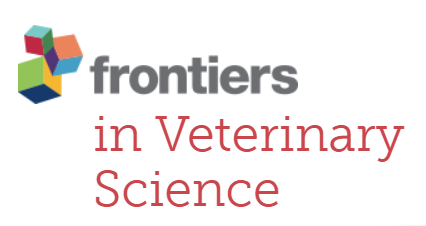 Resumen: Today’s global swine industry is exposed to the unprecedented threat of African swine fever (ASF). Asia, the site of the most recent epidemics, could serve as a huge viral reservoir for the rest of the world given the severity of the damage, the huge swine industry, and the high volume of trade with other countries around the world. As the majority of ASF notifications in Asia today originate from pig farms, the movement of live pigs and associated pork products are considered critical control points for disease management. Particularly, small-scale or backyard farms with low biosecurity levels are considered major risk factors. Meanwhile, wild boars account for most notified cases in some countries and regions, which makes the epidemiological scenario different from that in other Asian countries. As such, the current epidemic situation and higher risk factors differ widely between these countries. A variety of studies on ASF control have been conducted and many valuable insights have been obtained in Asia; nevertheless, the overall picture of the epidemic is still unclear. The purpose of this review is to provide an accurate picture of the epidemic situation across Asia, focusing on each subregion to comprehensively explain the disease outbreak. The knowledge gained from the ASF epidemics experienced in Asia over the past 5 years would be useful for disease control in areas that are already infected, such as Europe, as well as for non-affected areas to address preventive measures. To this end, the review includes two aspects: a descriptive analytical review based on publicly available databases showing overall epidemic trends, and an individualized review at the subregional level based on the available literature.
Resumen: Today’s global swine industry is exposed to the unprecedented threat of African swine fever (ASF). Asia, the site of the most recent epidemics, could serve as a huge viral reservoir for the rest of the world given the severity of the damage, the huge swine industry, and the high volume of trade with other countries around the world. As the majority of ASF notifications in Asia today originate from pig farms, the movement of live pigs and associated pork products are considered critical control points for disease management. Particularly, small-scale or backyard farms with low biosecurity levels are considered major risk factors. Meanwhile, wild boars account for most notified cases in some countries and regions, which makes the epidemiological scenario different from that in other Asian countries. As such, the current epidemic situation and higher risk factors differ widely between these countries. A variety of studies on ASF control have been conducted and many valuable insights have been obtained in Asia; nevertheless, the overall picture of the epidemic is still unclear. The purpose of this review is to provide an accurate picture of the epidemic situation across Asia, focusing on each subregion to comprehensively explain the disease outbreak. The knowledge gained from the ASF epidemics experienced in Asia over the past 5 years would be useful for disease control in areas that are already infected, such as Europe, as well as for non-affected areas to address preventive measures. To this end, the review includes two aspects: a descriptive analytical review based on publicly available databases showing overall epidemic trends, and an individualized review at the subregional level based on the available literature.
Ito S, Kawaguchi N, Bosch J, Aguilar Vega C y Sánchez-Vizcaíno JM
Accelerometer-based detection of African swine fever infection in wild boar
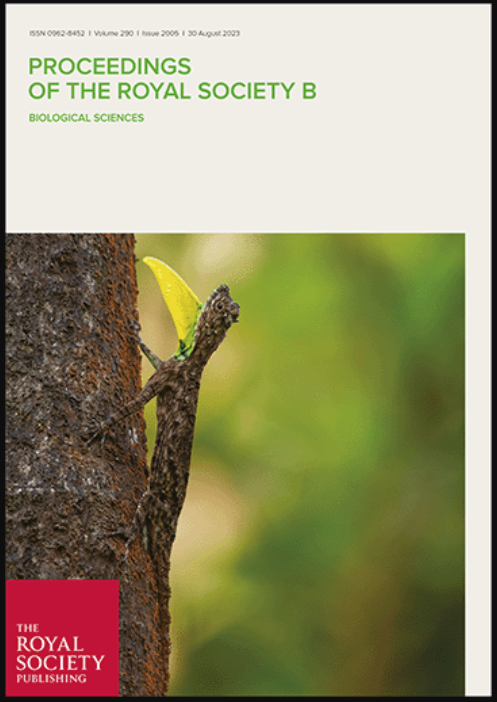
Último artículo científico publicado en la revista Proceedings. Biological sciences.
Resumen: Infectious wildlife diseases that circulate at the interface with domestic animals pose significant threats worldwide and require early detection and warning. Although animal tracking technologies are used to discern behavioural changes, they are rarely used to monitor wildlife diseases. Common disease-induced behavioural changes include reduced activity and lethargy ('sickness behaviour'). Here, we investigated whether accelerometer sensors could detect the onset of African swine fever (ASF), a viral infection that induces high mortality in suids for which no vaccine is currently available. Taking advantage of an experiment designed to test an oral ASF vaccine, we equipped 12 wild boars with an accelerometer tag and quantified how ASF affects their activity pattern and behavioural fingerprint, using overall dynamic body acceleration. Wild boars showed a daily reduction in activity of 10-20% from the healthy to the viremia phase. Using change point statistics and comparing healthy individuals living in semi-free and free-ranging conditions, we show how the onset of disease-induced sickness can be detected and how such early detection could work in natural settings. Timely detection of infection in animals is crucial for disease surveillance and control, and accelerometer technology on sentinel animals provides a viable complementary tool to existing disease management approaches.
Morelle K, Barasona JA, Bosch J, Heine G, Daim A, Arnold J, Bauch T, Kosowska A, Cadenas-Fernández E, Aviles MM, Zuñiga D, Wikelski M, Vizcaino-Sanchez JM, Safi K.
Quantitative risk assessment of African swine fever introduction into Spain by legal import of swine products
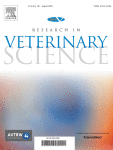
Nuevo artículo de investigación en la revista Research in Veterinary Science.
Resumen: African swine fever (ASF) is currently threatening the global swine industry. Its unstoppable global spread poses a serious risk to Spain, one of the world's leading producers. Over the past years, there has been an increased global burden of ASF not only in swine but also swine products. Unfortunately, many pigs are not diagnosed before slaughter and their products are used for human consumption. These ASF-contaminated products are only a source for new ASF outbreaks when they are consumed by domestic pigs or wild boar, which may happen either by swill feeding or landfill access. This study presents a quantitative stochastic risk assessment model for the introduction of ASF into Spain via the legal import of swine products, specifically pork and pork products. Entry assessment, exposure assessment, consequence assessment and risk estimation were carried out. The results suggest an annual probability of ASF introduction into Spain of 1.74 × 10-4, the highest risk being represented by Hungary, Portugal, and Poland. Monthly risk distribution is homogeneously distributed throughout the year. Illegal trade and pork product movement for own consumption (e.g., air and ship passenger luggage) have not been taken into account due to the lack of available, accredited data sources. This limitation may have influenced the model's outcomes and, the risk of introduction might be higher than that estimated. Nevertheless, the results presented herein would contribute to allocating resources to areas at higher risk, improving prevention and control strategies and, ultimately, would help reduce the risk of ASF introduction into Spain.
Muñoz-Pérez C, Martínez-López B, Gómez-Vázquez JP, Aguilar-Vega C, Bosch J, Ito S, Martínez-Avilés M, Sánchez-Vizcaíno JM.
Low transmission risk of African swine fever virus between wild boar infected by an attenuated isolate and susceptible domestic pigs

Nuestro último artículo en la revista Frontiers in Veterinary Science.
Resumen: African swine fever (ASF) is a lethal infectious disease that affects domestic and wild pigs. This complex virus has already affected five continents and more than 70 countries and is considered to be the main threat to the global swine industry. The disease can potentially be transmitted directly through contact with infectious animals, or indirectly by means of contaminated feed or environments. Nevertheless, the knowledge regarding the transmission patterns of different ASF virus isolates at the wildlife-livestock interface is still limited. We have, therefore, assessed the potential transmission of an attenuated ASF virus isolate between infectious wild boar and directly exposed domestic pig. We registered 3,369 interspecific interactions between animals, which were brief and mostly initiated by wild boar. The major patterns observed during the study were head-to-head contact owing to sniffing, thus suggesting a high probability of pathogen transmission. However, only one of the five domestic pigs had a short period of viremia and became serologically positive for ASF virus antibodies. It was additionally discovered that the wild boar did not transmit the virulent virus isolate to the domestic pigs, which suggests that the presence of attenuated ASF virus isolates in affected areas may control the spreading of other more virulent isolates. These outcomes may help make decisions related to large-scale targeted management actions against ASF in field conditions.
Kosowska A, Barasona JA, Barroso-Arévalo S, Blondeau Leon L, Cadenas-Fernández E, Sánchez-Vizcaíno JM.



